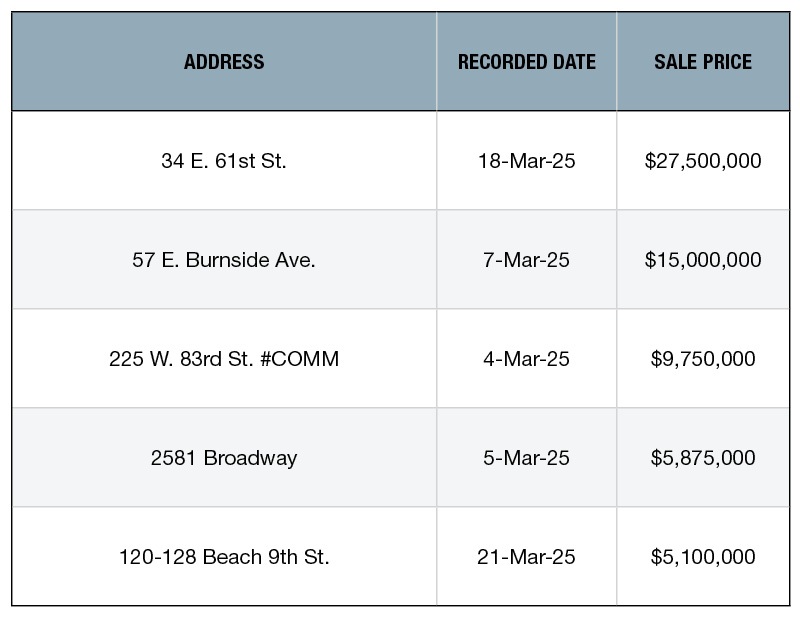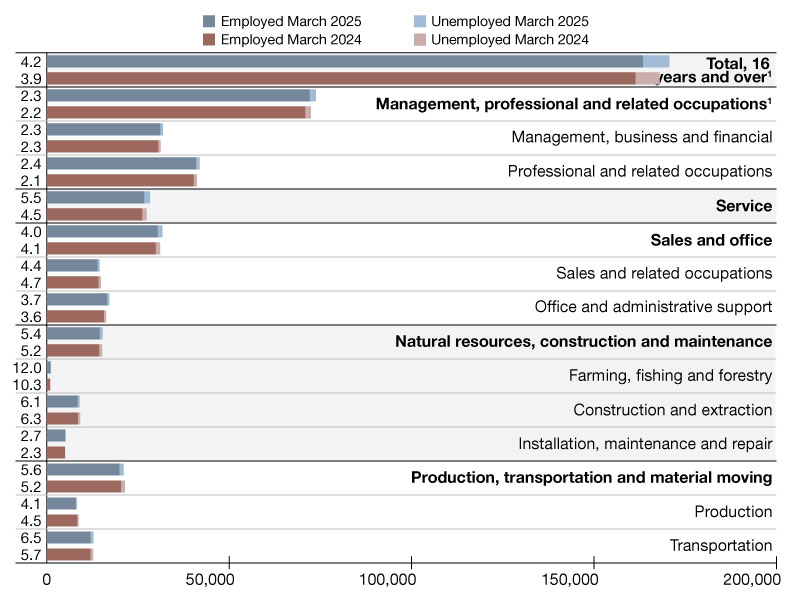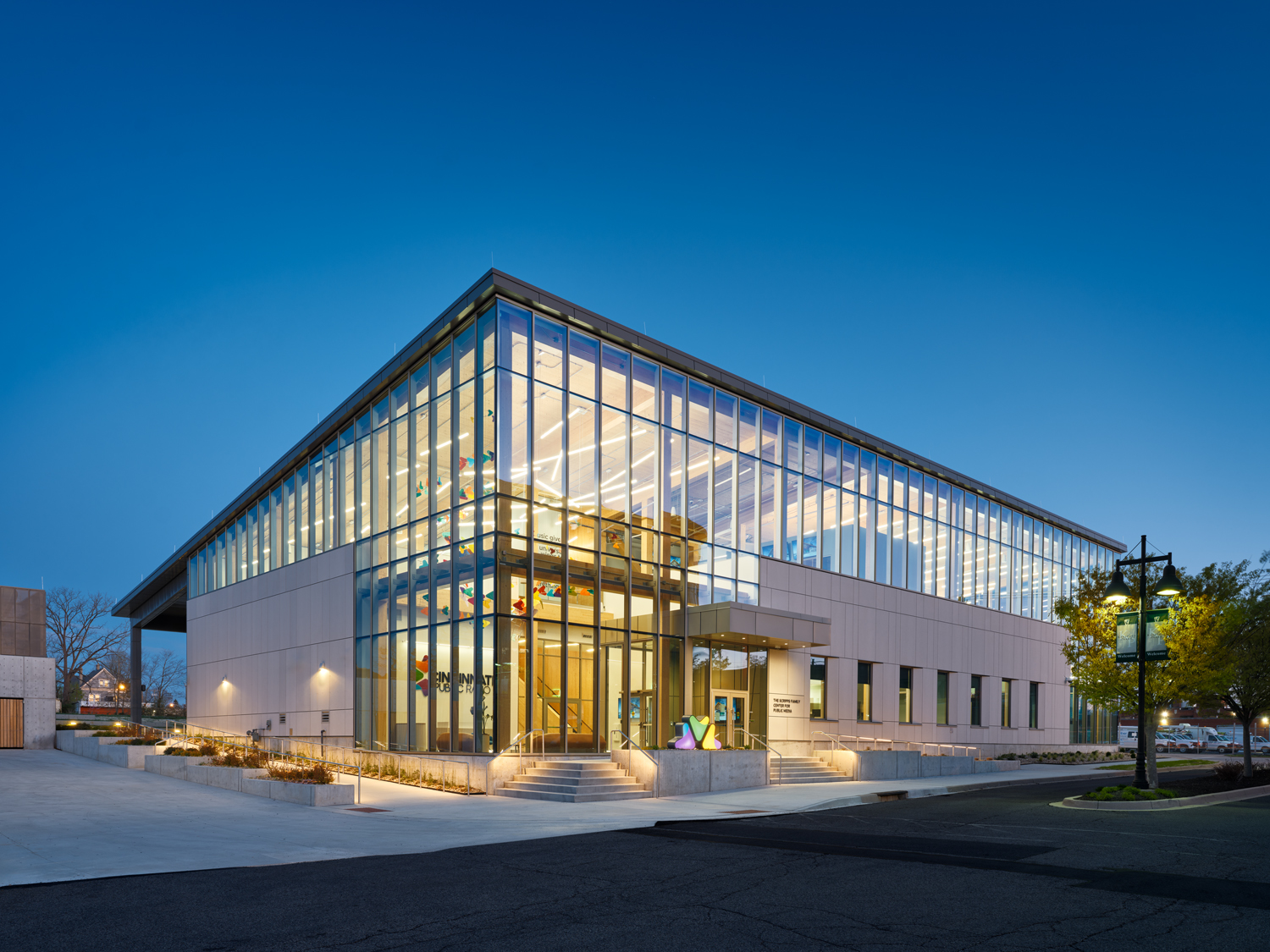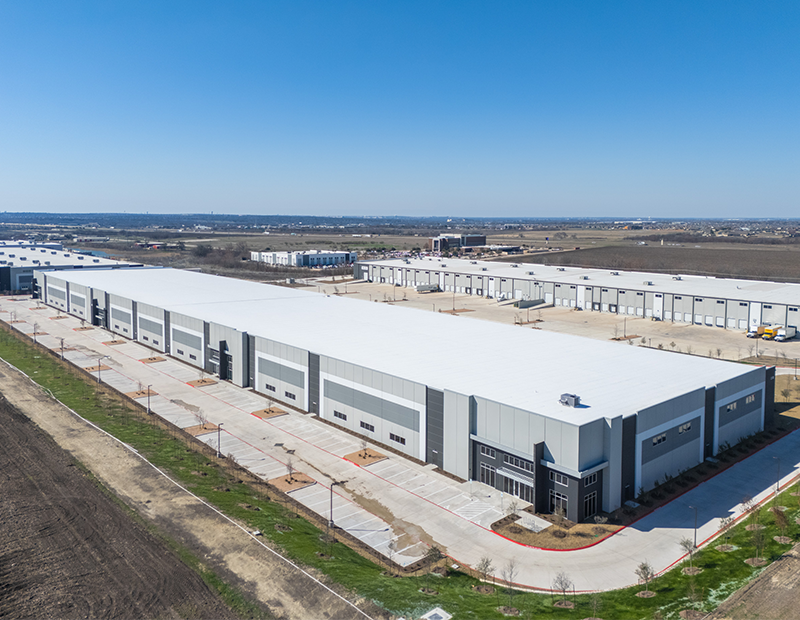Return to the Office Tied to Schools Reopening in JLL Report
Despite improvement in some aspects of the employment picture, job losses rose by 400,000 and a significant number of women left the workforce.
As children returned to school in the midst of the pandemic, 617,000 women dropped out of the labor force in September, while only 78,000 men left the workforce during the same period, according to JLL’s latest research report.
The report, which explores “the good, the bad and the ugly” in the labor market and its impact on commercial real estate, finds that in September the economy created approximately 661,000 new jobs, marking a continued slowdown in growth. The unemployment rate dropped to 7.9 percent, nearly half the record high seen in April. Job losses, however, remained on the upswing and rose by 400,000 to 3.8 million. The number of individuals unemployed for 27-plus weeks increased again, rising to a total of 2.4 million.
And then there are the specifics that make this particular labor market roller coaster unique. As virtual learning remains prevalent despite more children returning to on-site classes, women accounted for 617,000 of the 695,000 people who left the workforce in September. Additionally, the percentage of employed individuals who worked from home in September dropped to 22.7 percent from a pandemic-era high of 35.4 percent.
“If the pandemic doesn’t flare up again and children can safely go to school, that will help continue the trend of people returning to the office. If the pandemic worsens and/or children have to remain at home or their schools close and they are forced to return home, then that would likely reverse the trend,” Ryan Severino, chief economist with JLL, told Commercial Property Executive.
The labor market-CRE connection
JLL notes in the report that labor market movement plays an important role in the status of the commercial real estate market, and that we have currently reached a significant stage where the future of commercial real estate will depend on the labor market’s performance more than it has in previous economic recovery periods. The possible outcomes for commercial real estate vary across property types and at the geographic level, as well.
“The past two cycles have been called ‘jobless’ recoveries. While that’s not exactly accurate, it means that the economy and the commercial real estate markets were able to recover even without the benefit of robust job growth. In the commercial real estate markets, those recoveries were not consistent by property type or market, but they were widespread enough to be deemed recoveries,” Severino said. The current cycle has brought a highly uneven recovery compared to previous recoveries, he explained, adding that only widespread job creation would put the recovery on a more familiar track, as net job loss has been much higher than the levels recorded during the Great Recession. “Without a robust labor market improvement, we will be stuck with a highly uneven “K-shaped” recovery because of the severity of job losses and that would likely leave a lot of the commercial real estate markets behind, relative to a typical recovery,” Severino concluded.
Read the full JLL report.








You must be logged in to post a comment.